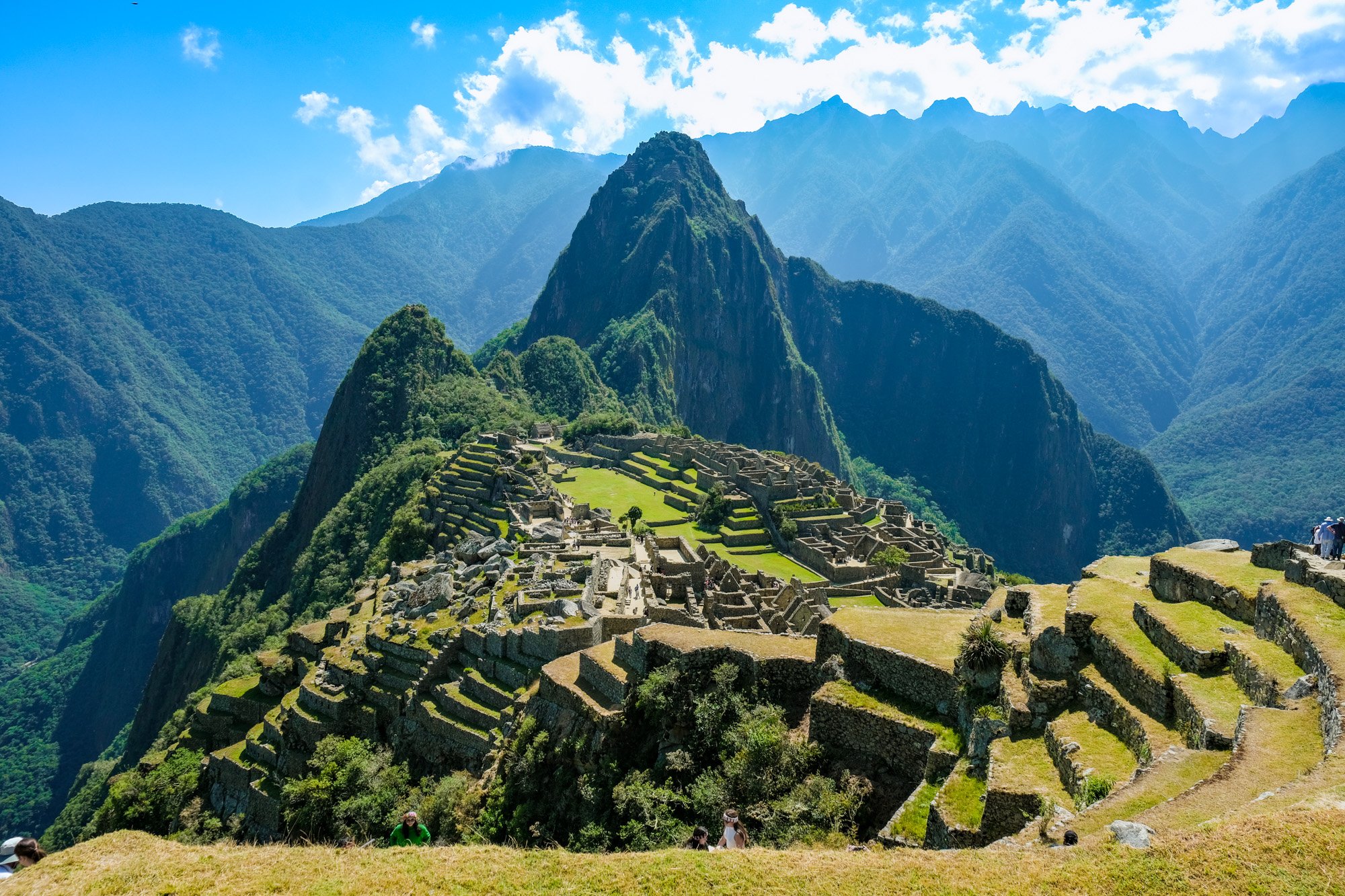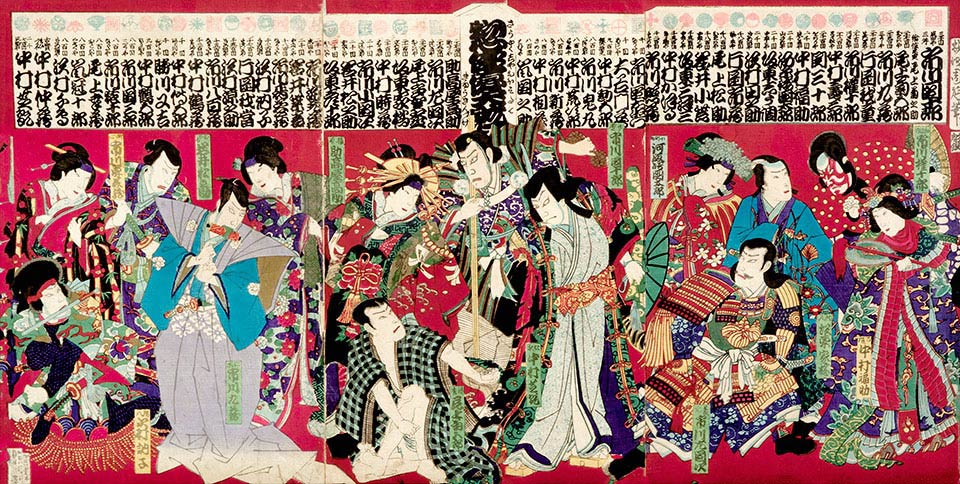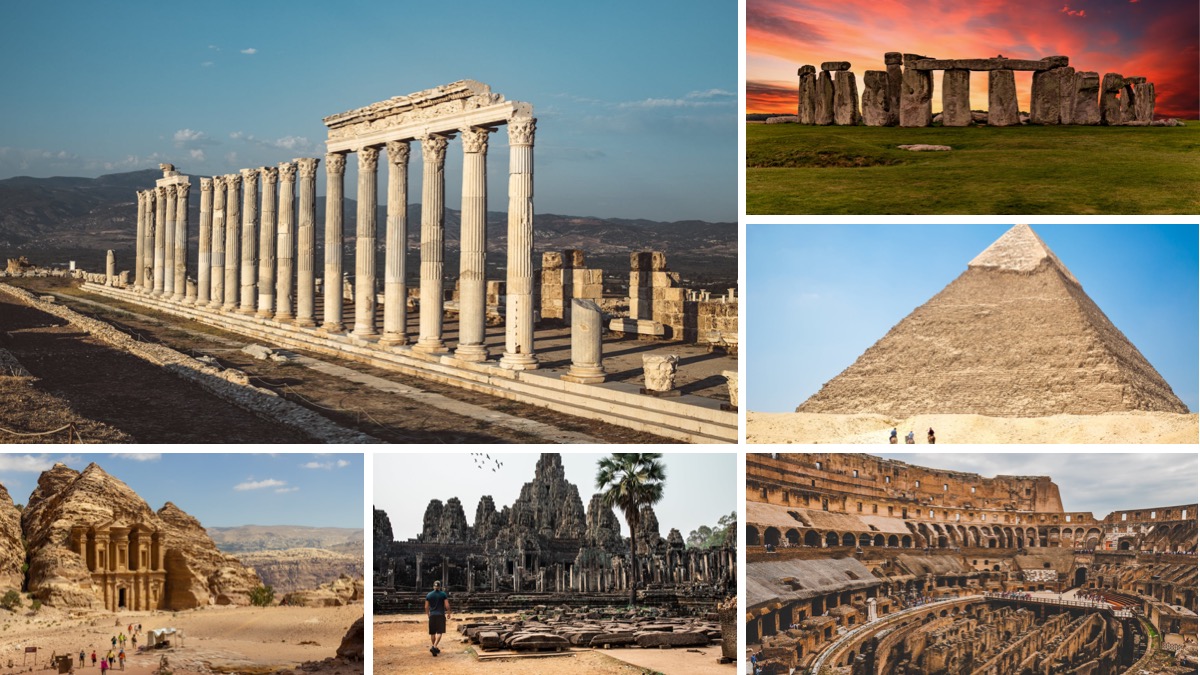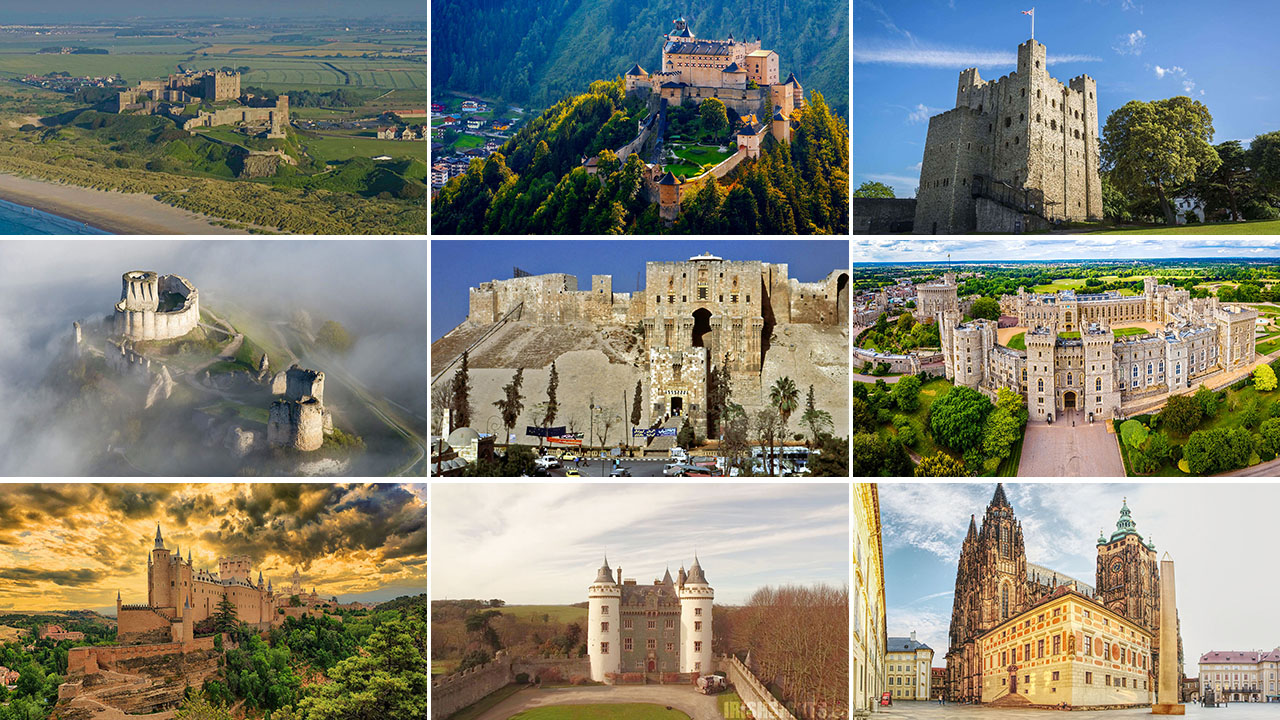
Famous landmarks and UNESCO World Heritage Sites stand as testaments to human achievement and cultural significance. Each site holds a unique story, woven into the fabric of history. This exploration takes us on a journey through time, unraveling the captivating history behind these iconic landmarks.
The Purpose of UNESCO World Heritage Sites
UNESCO World Heritage Sites are designated to protect and preserve cultural and natural heritage deemed of outstanding value to humanity. This recognition not only safeguards these sites but also promotes their appreciation and understanding on a global scale.
The Great Wall of China: A Symbol of Defense

Dating back to the 7th century BC, the Great Wall of China is a colossal feat of engineering and a UNESCO World Heritage Site. Initially constructed for defense, the wall served as a formidable barrier against invasions, showcasing the ingenuity of ancient Chinese civilizations.
The Pyramids of Giza: Mysteries of the Ancients
:max_bytes(150000):strip_icc()/giza-pyramid-EGYPTSECRETS1016-617b2b1b23dd4fd38bc9f365af7235ab.jpg)
The Pyramids of Giza in Egypt have mystified historians for centuries. Built as tombs for pharaohs, these structures, including the iconic Great Pyramid, demonstrate the advanced architectural and mathematical knowledge of the ancient Egyptians. Theories abound about the construction methods, but the exact techniques remain shrouded in mystery.
Machu Picchu: Incan Majesty in the Andes

Perched high in the Andes Mountains, Machu Picchu is a testament to the advanced urban planning and engineering of the Inca civilization. The site, recognized as a UNESCO World Heritage Site, offers a glimpse into the Incan way of life, with its terraced fields, temples, and intricate stone constructions.
The Acropolis of Athens: Ancient Greek Legacy

The Acropolis of Athens, a UNESCO World Heritage Site, is a symbol of ancient Greek civilization. Dominated by the Parthenon, this architectural masterpiece reflects the cultural and philosophical achievements of Athens during the Golden Age.
The Colosseum: Gladiatorial Grandeur in Rome
:max_bytes(150000):strip_icc()/the-roman-coliseum-during-a-warm-spring-sunset-542105331-58f15ac63df78cd3fc763275.jpg)
The Colosseum in Rome, another UNESCO World Heritage Site, stands as an iconic symbol of ancient Roman engineering. This amphitheater, with its grandeur and capacity for 80,000 spectators, hosted gladiatorial contests and public spectacles, showcasing the might of the Roman Empire.
Local Art and Craft: Preserving Cultural Heritage

Beyond monumental landmarks, local art and craft play a vital role in preserving cultural heritage. UNESCO recognizes the significance of intangible cultural heritage, including traditional craftsmanship, as it reflects the identity of communities around the world.
Traditional Japanese Woodblock Printing: Ukiyo-e

Ukiyo-e, or "pictures of the floating world," is a traditional Japanese woodblock printing technique. Dating back to the Edo period, this art form depicts scenes from everyday life, landscapes, and kabuki theater. UNESCO acknowledges Ukiyo-e as a form of cultural expression with deep historical roots.
Persian Carpet Weaving: A Time-Honored Tradition

Persian carpet weaving, an ancient craft dating back over 2,500 years, represents the artistry of Iranian culture. The intricate designs and meticulous craftsmanship of Persian carpets have earned them a place on UNESCO's Representative List of the Intangible Cultural Heritage of Humanity.
Navajo Weaving: An Indigenous Art Form

Among the Native American tribes, Navajo weaving stands out as a culturally significant art form. Passed down through generations, the vibrant colors and symbolic patterns of Navajo rugs reflect the tribe's spiritual beliefs and connection to the natural world.
African Kente Cloth Weaving: Vibrancy in Every Thread

Originating from the Ashanti people of Ghana, Kente cloth weaving is a tradition rich in symbolism and cultural significance. The vibrant patterns and colors tell stories, convey social status, and represent the collective identity of the Ashanti people. UNESCO recognizes Kente cloth as an integral part of African heritage.
Preserving Heritage for Future Generations

In the fast-paced modern world, the preservation of famous landmarks and traditional art forms becomes crucial. UNESCO's efforts to protect and promote these treasures ensure that the stories embedded in these sites and crafts endure, captivating the imagination of future generations.
Conclusion
The history behind famous landmarks and UNESCO World Heritage Sites is a tapestry woven with the threads of human achievement, innovation, and cultural expression. From the Great Wall of China to the Taj Mahal, each site tells a unique story that transcends time. Similarly, local art and craft, recognized by UNESCO, preserve the essence of diverse cultures, connecting the past with the present. As we delve into the history behind these treasures, we gain a deeper appreciation for the richness of our shared human heritage.
FAQs
Q. Why are UNESCO World Heritage Sites important?
Ans: UNESCO World Heritage Sites are crucial for preserving cultural and natural heritage of outstanding value, ensuring their protection and global appreciation.
Q. How are landmarks chosen as UNESCO World Heritage Sites?
Ans: Sites are chosen based on criteria such as historical significance, cultural importance, and unique natural features, following a rigorous evaluation process.
Q. What is intangible cultural heritage?
Ans: Intangible cultural heritage includes traditions, rituals, and craftsmanship that are passed down through generations, contributing to a community's cultural identity.
Q. Are all famous landmarks UNESCO World Heritage Sites?
Ans: No, not all famous landmarks are UNESCO World Heritage Sites. Recognition is based on specific criteria related to cultural or natural significance.
Q. How can individuals contribute to the preservation of cultural heritage?
Ans: Individuals can contribute by respecting cultural sites, supporting conservation efforts, and learning about and appreciating diverse cultural traditions.
.




.jpg)

.jpg)
